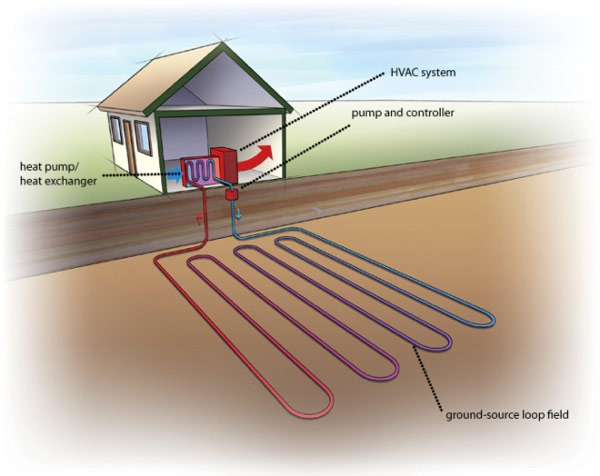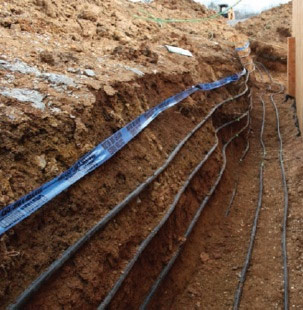- About Us
- Programs
- Our Community
- Education
- Solar School Spotlights & Solar Energy Curricula
- ASES Webinar Series
- Inflation Reduction Act – Clean Energy Overview & Highlights
- Solar Energy Workbook
- Solar Trainings
- Renewable Energy Home Basics
- High Performance Valuation for Professionals Who Buy, Sell, and Value Real Estate
- Tiny Watts
- History of Solar
- Scholarships
- Resources
- News and Stories
- Feasibility and Requirements of a 100% Transition to Renewable Energy
- Invest in a Clean Power Future Without Upfront Costs
- Claim Your Solar Tax Credit
- 40 Questions to Ask an Installer
- Solar@Work Newsletter Archives
- Media Room
- Solar Performance
- ASES Historical Reports
- ASES Archives
- Jobs Board
- Solar Today Magazine
MENU
- About Us
- Programs
- Our Community
- Education
- Solar School Spotlights & Solar Energy Curricula
- ASES Webinar Series
- Inflation Reduction Act – Clean Energy Overview & Highlights
- Solar Energy Workbook
- Solar Trainings
- Renewable Energy Home Basics
- High Performance Valuation for Professionals Who Buy, Sell, and Value Real Estate
- Tiny Watts
- History of Solar
- Scholarships
- Resources
- News and Stories
- Feasibility and Requirements of a 100% Transition to Renewable Energy
- Invest in a Clean Power Future Without Upfront Costs
- Claim Your Solar Tax Credit
- 40 Questions to Ask an Installer
- Solar@Work Newsletter Archives
- Media Room
- Solar Performance
- ASES Historical Reports
- ASES Archives
- Jobs Board
- Solar Today Magazine

 Most systems use polyethylene tubing as the buried loop field and pump water through it. Modern “direct exchange,” or DX, systems use a loop field of copper tubing filled with a refrigerant. This arrangement is more expensive to purchase because of the cost of the copper and refrigerant, but the system may be less expensive to install because the buried loop is shorter. It’s also less expensive to operate because the refrigerant-to-earth heat exchange is more efficient than interposing a water-to-refrigerant heat exchanger.
Most systems use polyethylene tubing as the buried loop field and pump water through it. Modern “direct exchange,” or DX, systems use a loop field of copper tubing filled with a refrigerant. This arrangement is more expensive to purchase because of the cost of the copper and refrigerant, but the system may be less expensive to install because the buried loop is shorter. It’s also less expensive to operate because the refrigerant-to-earth heat exchange is more efficient than interposing a water-to-refrigerant heat exchanger.